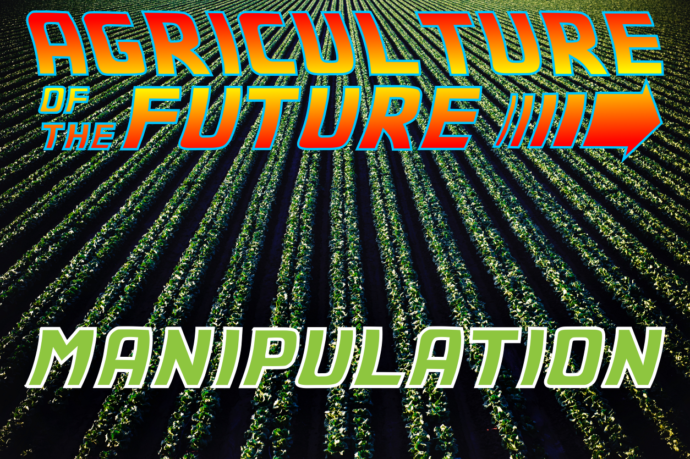As part of work package 2, an analysis has been carried out of the current State-of-the-Art and future trends in robotics for precision agriculture. While the full report will be published very soon, this mini article series will take you through some interesting aspects of robotic precision agriculture. Today’s topic: Manipulation. Didn’t read our previous article on Mobility? You can find it here!
In the previous article, we imagined a world where automation makes it possible for robotic vehicles to operate in fleets, dividing the work between large numbers of smaller vehicles. We didn’t, however, talk about the actions they would need to perform. Decreasing labour forces, amongst other things, result in more and more activities becoming economically feasible to automate. Besides harvesting, many tasks from seeding and weeding to crop protection and monitoring still require human interactions, many of which depend on the dexterity and careful handling of the crops and produce.
As ironic as it seems, leaving out the human factor can actually be beneficial as well. While humans rely on a combination of touch, vision, and smell, our perception is still quite limited. A robot can combine many different factors, of which many are non-invasive, meaning the plant will not “feel” anything. With the possibility to add more information such as hyperspectral imagery and soil measurements, robots have the potential to know much more about the crops and their specific needs. This means it could act accordingly and precisely on a per-plant basis, which would simply take too long if a human should carry out the tasks.
Although it is tempting to imagine vehicles with robotic arms carrying out tasks in the same way as a human would, it is rarely the case that our way of working has been the most optimal one to start with. Most systems are designed with only one purpose in mind, and are therefore optimized for that specific action, resulting in sometimes boring-looking robots. Do not forget that it requires a tremendous amount of outside-the-box-thinking to come up with these innovative techniques.
Would you prefer universal robots that can carry out any human tasks? Or are we better off with single-task optimized machines? That discussion is open for everyone, and will play an important role for automation in any given industry.
Want to know more? We’ll publish one more article in this mini-series, and the report is right around the corner!

